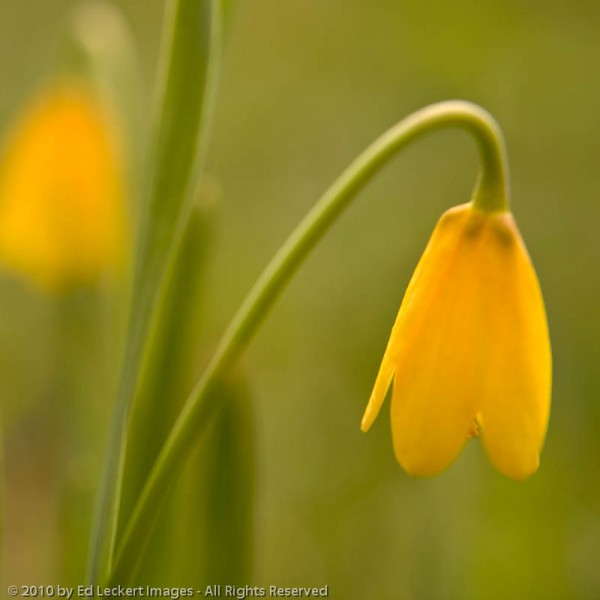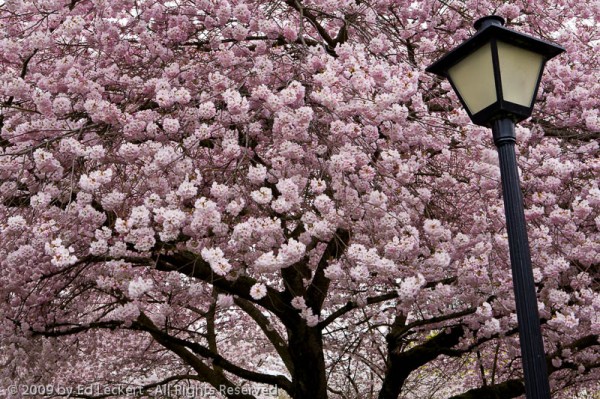


Well, Spring has officially arrived in the Northern Hemisphere, and the weather here in Western Washington, just to show that it can sometimes behave itself, was sunny and warm, with highs that topped out in the 70s in some areas. Yeah, that won’t last. It will start raining again tomorrow and won’t stop until July 5th, because that’s what it does here.
Speaking of rain, a lack of rain early in the season, followed recently by excessive amounts of rain, has resulted in a terrible tragedy for residents north of the Seattle area in the little community of Oso. A mudslide almost a mile wide has engulfed the town and surrounding countryside, as well as a stretch of Washington Highway 530.
These images from the Washington State Department of Transportation tell the story. This photo shows where the highway disappears under the mud, the Stillaguamish River on the left almost completely blocked. In this photo, the enormous size of the chunk of mountain that collapsed is shown. Our hearts go out to the victims and the families, many of whom still don’t know whether their loved ones are alive under the rubble or not.
After that sobering item, I could use some cheering up, so I’ll let Search and Rescue do what they do best and I’ll focus on one of the most popular positives of Spring – wildflowers. Wildflowers are already out in numbers at the lower elevations and coastal areas, including the Columbia River Gorge between Washington and Oregon. A while back I did a story about some of the more exotic flowers in the region such as naked broomrape, so today I thought I’d follow up with some of the others with less troublesome names.
One of my favorites that is fairly prolific is the yellow bells, named primarily for its, um, yellow bell shape.

This common early spring perennial grows in heavy soils that bake in the summer, with grass or brush, or in light woods, at low to high elevations.
Another beauty that is fairly common on trails in the Gorge is the grass widow, with colors ranging from white to magenta and all shades of pink. I found this deep purple one with yellow bells in the background.
Oaks toothwort grows, you guessed it, under oak trees. Actually, I think they’re allowed to grow pretty much anywhere they want, which is generally in moist humus soil in forests. And under oak trees.

Oaks toothwort is found in moist spring soil in open forests, and under Oregon white oak in the Columbia Gorge.
As the higher elevations begin to melt out soon, hikers all over the region will see avalanche lilies in great abundance. Always a problem to remember, the avalanche lilies are white with a yellow center, while the similar looking glacier lilies are yellow.

The rising sun backlights a field of avalanche lillies at Obstruction Point, in Olympic National Park, Washington.
And with cherry blossoms blooming everywhere, while not really a wildflower, I can’t ignore this local gem.

The post of the lamp and the branches of the tree seem to mimic one another on the grounds of the Washington State Capitol, in Olympia, Washington.
So hopefully next week the local news will be better. In the meantime, if you’re out hiking, wherever in the world you are, be sure to look down and see what’s on the side of the trail at your feet. Look closely enough, and you might be amazed at what you find, even if you don’t know its name!

You just can’t beat the cherry blossoms in Spring…making even the rain-soaked days joyful – a pleasant reminder of the approaching summer…whenever that decides to show-up 🙂
Lovely flowers. Welcome Spring!